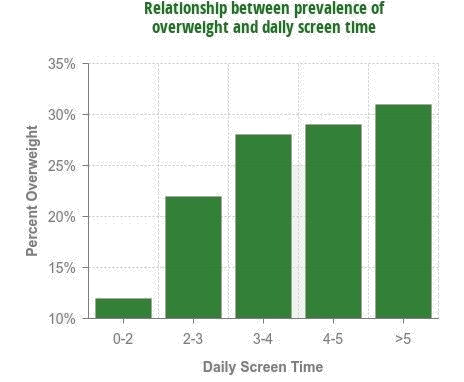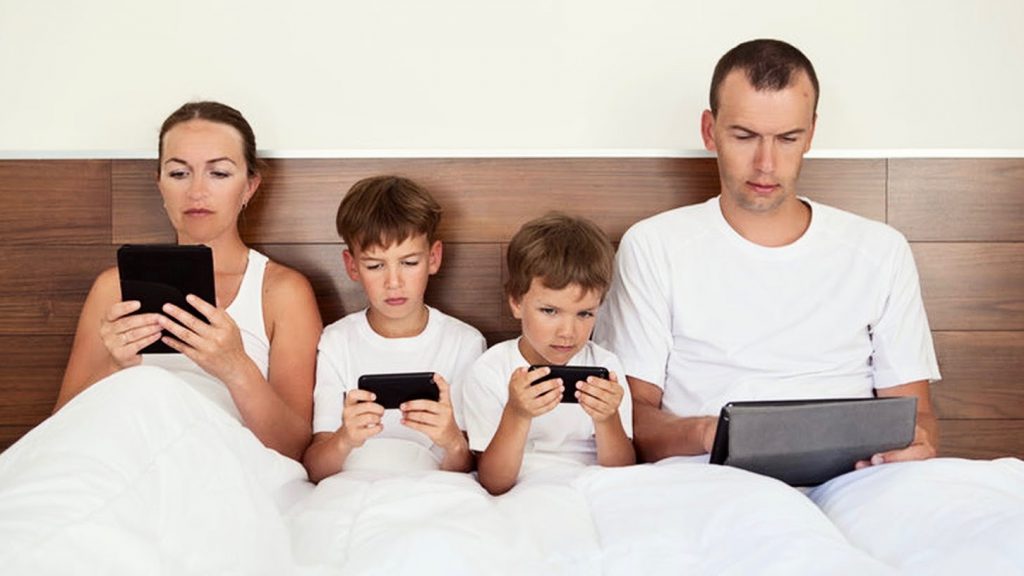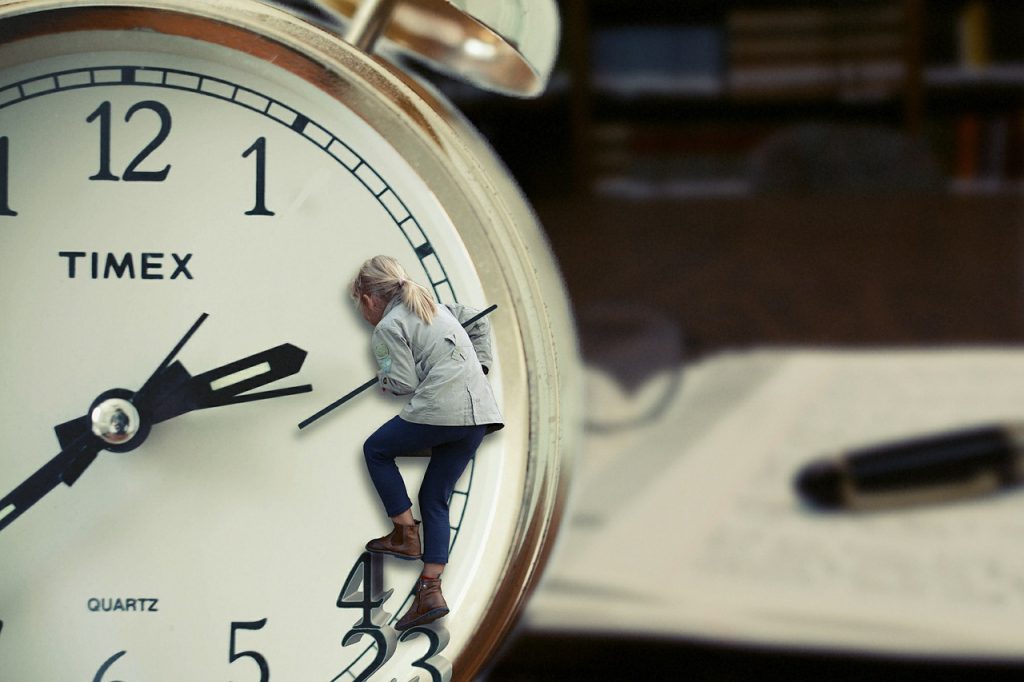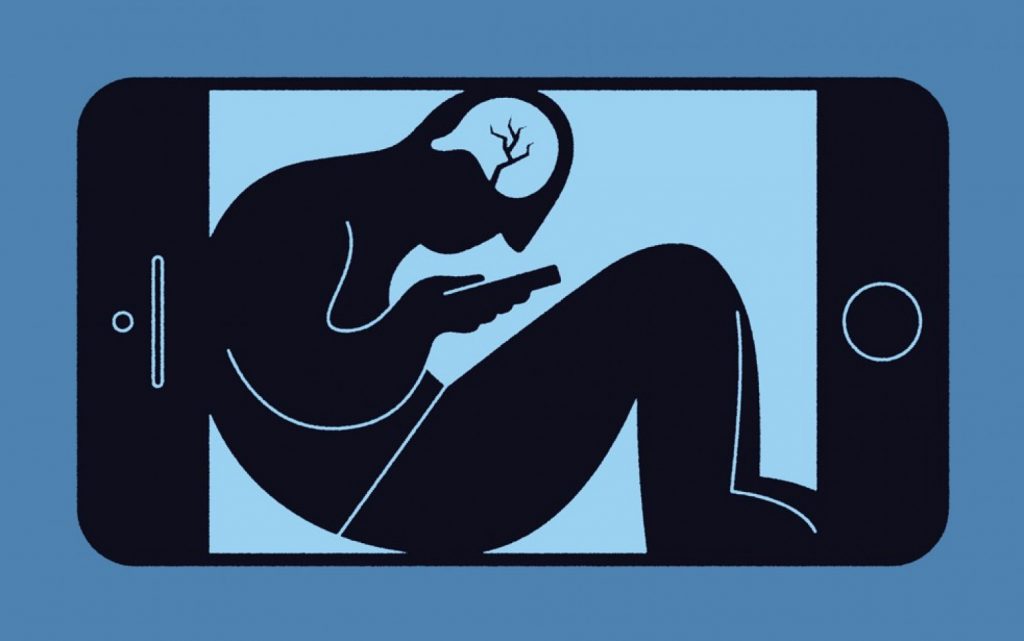Childhood obesity currently affects around 17% of kids in the United States and continues to increase each year. Generally speaking, obesity is the result of a disbalance between caloric intake and energy expenditure. Obesity in childhood is likely to have negative consequences in adult life, including a higher risk of developing diabetes, heart disease, insulin resistance, certain cancers, and more.
A variety of factors contribute to obesity among children, including parental behavior, media influence, and socioeconomic factors. Multiple studies have demonstrated that a sedentary lifestyle, such as watching TV and playing video games, is a major contributor to obesity in both children and adults.
National guidelines recommend that children engage in a minimum of an hour of moderate physical activity every day, yet studies show that only 21% meet these requirements. Instead, according to a Kaiser Family Foundation study, in the US, children aged 8-18 spend an average of 44.5 hours a week exposed to electronic media. This means children spend more time hooked into media than with any other activity aside from sleep. It follows then that there is a direct correlation between child obesity and technology overuse.

Q: How does screen time influence the different areas of my child’s life?
A: You might be surprised but your child’s well-being and health are influenced in a number of ways by being attached to electronic media. Excessive screen time can lead to increased body weight and diminished: academic performance, homework completion, reading, metabolism, physical exercises, sleep duration, family time, playing with friends.
Links between child obesity and technology
Numerous mechanisms link the effects of electronic screen exposure and obesity. Substitution of physical activity for technology, increased energy consumption from eating while looking at screens, the impact of advertising, and decreased sleep levels, are among the factors.
Energy intake
 There’s a lot of evidence to suggest that the influence of screen media on energy intake is the key mechanism connecting child obesity and technology overuse. Epidemiologic studies indicate that kids who are more exposed to screen media tend to eat fewer fruits and vegetables but consume more high-fat snacks, soda, and fast food. As a result, they have a higher energy intake.
There’s a lot of evidence to suggest that the influence of screen media on energy intake is the key mechanism connecting child obesity and technology overuse. Epidemiologic studies indicate that kids who are more exposed to screen media tend to eat fewer fruits and vegetables but consume more high-fat snacks, soda, and fast food. As a result, they have a higher energy intake.
It should be noted that the junk food business is really big. Just imagine: Americans spend over $110 billion annually on fast food which is more than the investment in higher education, cars, and computers put together. Experimental studies show that longer screen time brings on increased energy intake in youth with a healthy weight. The other way around, screen time diminish results in the decrease of dietary intake.
Advertising
 Food advertising is also associated with excess energy consumption. Over 80% of all ads in children’s programmes are for snacks or fast food. According to the Federal Trade Commission, in 2009, US food and beverage corporations spent over $4.2 billion on advertising in all media. Research reveals that food ads undermine children’s food preference and food ration.
Food advertising is also associated with excess energy consumption. Over 80% of all ads in children’s programmes are for snacks or fast food. According to the Federal Trade Commission, in 2009, US food and beverage corporations spent over $4.2 billion on advertising in all media. Research reveals that food ads undermine children’s food preference and food ration.
Current technology allows advertisers to reach kids and teens via various online techniques. Thus, websites of top food brands have advergames (games that are used to push the product), cartoon characters, and an allocated children’s area.
Relevant research findings indicate that advertisement is an effective tool to get younger children to ask more junk food and to affect their parents. Perhaps the most vivid illustration of the marketing power is the following fact: Robert Wood Johnson Foundation spend $100 million per year in the attempt to diminish childhood obesity while the food companies spend far more than that every month on junk food marketing to the young generation which has an adverse effect on the young generation’s health.
Sleep
 Sleep deprivation is another mechanism connecting digital screens and obesity. The latest review of the literature concerning sleep and screen time connection discover that more than 90% of the studies show a strong link between screen time and bad sleep which is usually measured by later bedtimes and less sleep time. Inadequate sleep has been related to weight gain in children, especially those aged between 3 and 7. Thus, a longitudinal study of teenagers in New York revealed that 3 or more hours of daily screen exposure doubled the risk of falling asleep issues in comparison with those who had less than 1 hour of screen per day.
Sleep deprivation is another mechanism connecting digital screens and obesity. The latest review of the literature concerning sleep and screen time connection discover that more than 90% of the studies show a strong link between screen time and bad sleep which is usually measured by later bedtimes and less sleep time. Inadequate sleep has been related to weight gain in children, especially those aged between 3 and 7. Thus, a longitudinal study of teenagers in New York revealed that 3 or more hours of daily screen exposure doubled the risk of falling asleep issues in comparison with those who had less than 1 hour of screen per day.
The cause-and-effect relationship might be as follows: sleep problems provoke change in the appetite-regulating hormones increasing hunger and decreasing satiety; little sleep duration can impact child’s choice to consume more calories and less nutritionally-dense foods; short sleep can result in increased snacking and eating food outside regular meal times, especially at night.
Physical activity
 It is often assumed that digital media replaces time of physical activity. And a number of studies favor this assumption. In particular, the findings of the Capstone project supports the idea that a sedentary lifestyle and excessive exposure to screen time are associated with weight gain and obesity in children and teenagers. On top of it, the evidence revealed the prevalence proportion of childhood obesity increases with higher amounts of screen time due to decreased levels of physical activity.
It is often assumed that digital media replaces time of physical activity. And a number of studies favor this assumption. In particular, the findings of the Capstone project supports the idea that a sedentary lifestyle and excessive exposure to screen time are associated with weight gain and obesity in children and teenagers. On top of it, the evidence revealed the prevalence proportion of childhood obesity increases with higher amounts of screen time due to decreased levels of physical activity.
Research findings show that physical activity is a principal component in diminishing sedentary behaviors among teens. Also, studies suggest a strong inverse relationship between physical activities and obesity. Intense physical activity has a greater influence on obesity than low and moderate levels of physical exercises. Increasing physical activity, decreasing screen time, and enhancing eating habits have been shown to prevent the risk of obesity, or even decrease existing obesity as well.
How to use Kidslox screen time to help prevent obesity?
The European Academy of Paediatrics and the European Childhood Obesity Group have worked out the following recommendations for parents concerning the use of mass media:
- Do not allow kids under 4 years unsupervised use of any digital devices
- Be aware of the content children consume and block the inappropriate one
- Watch favorite programmes together and learn your child to question media messages
Screen time rules
The American Academy of Pediatrics insists on the following:
- No screen time for children aged two years and younger
- No more than one hour of screen time daily for children 3 to 12 years old
- Restrict computer and mobile device usage in a child’s room
- Do not permit a TV in a child’s room
- Do not allow digital media use during meal times and homework
- Encourage physical activities
- Regularly eat family meals
- Set a regular bedtime for your kid
- Be a good example to follow for your child
- Set limits
How to use Kidslox to help prevent obesity?
Kidslox parental control might be a perfect solution to help prevent obesity in your child. With its help, parents can benefit from limiting kid’s technology use and therefore promote active past time. Above that, you may prevent exposure to undesired content and schedule device usage. Take your rightful place as your child’s leader by taking actions that restrict screen time and prevent negative implications of obesity. Use Kidslox for managing your child’s screen time and protect their health.





